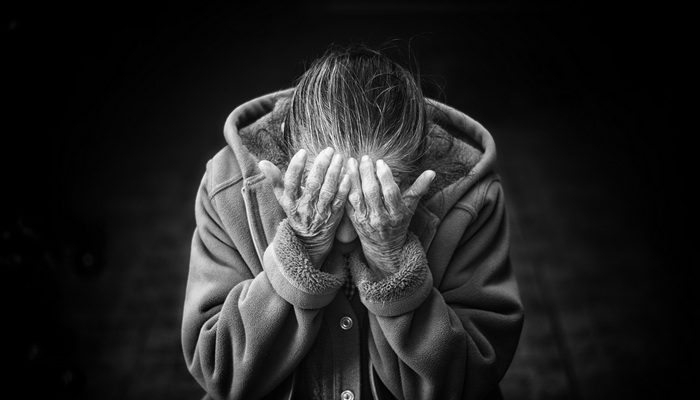Getting older can bring some benefits, not least in terms of wisdom, experience and, if you’ve been fortunate, the ability to retire in relative comfort. But aging brings with it a set of distinctive problems, many of them associated with physical and mental health. With an aging US population, these problems are likely to be of increasing concern for public bodies, and for society as a whole. Here is a brief guide to the most common problems associated with aging.
10 – Physical Health
According to the National Council on Aging it is estimated that around 92 percent of elderly people are suffering with at least one chronic medical condition, while over three-quarters have more than one. The most common physical health conditions associated with aging are heart disease, strokes, diabetes and cancer, which combined are responsible for around two-thirds of deaths every year.
As we age, the importance of preventative measures such as maintaining a healthy diet, regular exercise and regular check-ups increases. Fortunately, there are more resources now than ever before to enable aging people to stay healthy. For example, it is now possible to obtain a cancer screening package or order a cancer screening online and there are other online services that can help you to prevent or tackle other chronic health conditions at an early stage.
09 – Cognitive Health
This refers to an individual’s ability to think, remember and learn, and the most common cognitive problem associate with aging is dementia, which affects millions of people worldwide. The National Institute On Aging advises that, while there is no cure for dementia, your risk of developing the disease can be reduced by tackling other issues such as depression, smoking or substance abuse.
08 – Mental Health
The World Health Organization has found that over 15 percent of elderly people suffer from mental health problems, with depression being the most common. Depression can be partly caused by other chronic health conditions, although social isolation and poor living conditions can also play a part.
07 – Physical injury
Aging has the effect of causing bones to shrink and muscles to lose both flexibility and strength, which means that seniors are more at risk, both of losing their balance and of injuring themselves if they fall. In addition, osteoporosis and osteoarthritis can make bones more susceptible to fracture.
06 – Sexual health
While sexual needs change with age, sexual activity among seniors may well be riskier because older people are less likely to practice safe sex and are more likely to suffer from immune disorders that can make it harder to fight off STDs. In addition, the symptoms of some STDs are harder to spot in older people as they can be similar to many of the normal signs of aging.
05 – Malnutrition
The causes of malnutrition in older people can include dementia, lack of ability to make meals, depression and limited income. In addition, the older you are, the harder it is to change your diet, but there are services available to ensure that older people get sufficient nutrition.
04 – Sensory loss
Sensory impairments, particularly vision and hearing, are common among older people, and as many as one in four has a hearing impairment, with one in seven likely to have a form of visual impairment. Fortunately, there have been considerable advances in aids for hearing and vision impairments, which can help those suffering with these conditions to enjoy a better quality of life.
03 – Oral Health
Although sometimes overlooked, oral health is a common concern for the elderly. Cavities and tooth decay are long term problems that can worsen with age, and there are other oral conditions including gum disease and dry mouth that can affect quality of life. Regular dental check-ups can tackle many of these problems, although loss of dental insurance can be a barrier to good dental health.
02 – Substance abuse
Substance abuse among seniors is more common than many people realize and may well worsen over time. In addition to the familiar substance addictions such as drugs and alcohol, aging can increase the risk of addiction to prescription medications, as diseases and conditions associated with old age result in an increasing level of medication consumption.
01 – Incontinence
Both constipation and incontinence are quite common with aging and can have a severe impact on quality of life. These conditions can also be exacerbated by dietary factors and other health conditions, as well as a reluctance on the part of some elderly people to discuss the problem with their physicians, but many continence-related problems can be treated.
Conclusion
Aging inevitably leads to a number of potential health problems, but by being aware of the possible issues associated with aging, we can all be better placed to deal with them and ensure that our quality of life does not decline over the years.


